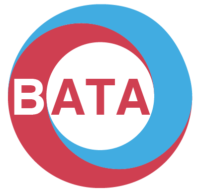Developing a Communication Accessible School
Session
2.07
Education Stream
-
- Rosie Clark (Woodlands School)
Summary
This case study aims to show how the introduction of the PODD communciation system, used as part of a toolkit in a total communciaiton approach environment, has enabled us to strive towards becoming a communication accessible school.
Method/Activities/Techniques
PODD was introduced alongside existing communication methods used in the school. Over the last two years, staff training, parent training and increased successes by pupils has supported a shift in attitudes and expectations. The introduction of individual PODD communication books, staff group books and high tech PODDs have supported staff and parents to provide aided language stimulation across the whole school day and in the home environment.
Results/Findings
The availability of symbolic language across the school through books and aided language displays (ALDs) has ensured that staff and peers are able to model language for AAC users. There is an acceptance across the school that AAC is ‘what we use here’.
There has been a shift in attitudes and expectations that pupils can and will learn to communicate at whatever level they can. Pupils who had been exposed to a range of simplified communication systems with limited success are now starting to show progess using PODD and ALDs.
Conclusions
In combination, these things have led to to the school becoming more ‘communication accessible’ to all pupils. There are still lots of areas to improve on and these will be described further.
Level of Session
General
Age Group
All Ages
Interest
Primary school
Secondary school
Special school
Further/Higher Ed.
Adult
Transitions






